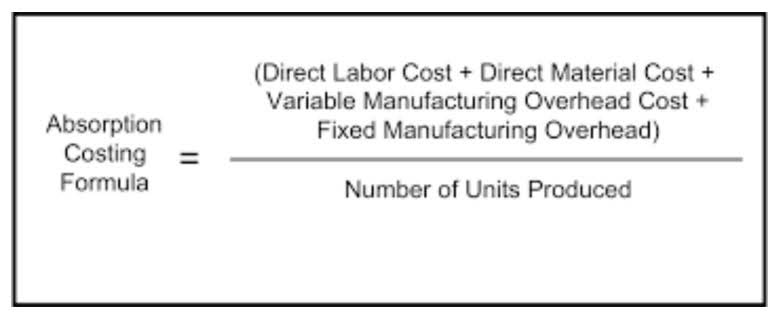
In most cases, lenders and investors will use this ratio to compare your company to another company. A lower debt to capital ratio usually means that a company is a safer investment, whereas a higher ratio means it’s a riskier bet. Although average debt ratios vary widely by industry, https://www.bookstime.com/articles/statement-of-stockholders-equity if you have a debt ratio of 40% or lower, you’re probably in the clear. If you have a debt ratio of 60% or higher, investors and lenders might see that as a sign that your business has too much debt. Current liabilities are debts that you have to pay back within the next 12 months.
Are liabilities an expense?
We’re firm believers in the Golden Rule, which is why editorial opinions are ours alone and have not been previously reviewed, approved, or endorsed by included advertisers. The Ascent, a Motley Fool service, does not cover account liabilities all offers on the market. Even if it’s just the electric bill and rent for your office, they still need to be tracked and recorded. Liabilities don’t have to be a scary thing, they’re just a normal part of doing business.
- Deferred revenue indicates a company’s responsibility to deliver value to its customers in the future and helps provide a clearer picture of the company’s long-term financial obligations.
- The debt is unsecured and is typically used to finance short-term or current liabilities such as accounts payables or to buy inventory.
- It is a common business practice to have this type of insurance in place to protect a business from legal claims should they arise.
- As such, accounts payable (or payables) are generally short-term obligations and must be paid within a certain amount of time.
- These expenses are not considered liabilities since they represent obligations that have already been met.
- Maintaining high liquidity is crucial for covering short-term liabilities, ensuring that a company has sufficient cash and assets that can be readily converted into cash.
Total Liabilities Formula

Accrued liabilities are entered into the financial records during one period and are typically reversed in the next when paid. This allows for the actual expense to be recorded at the accurate dollar amount when payment is made in full. The term “accrued liability” refers to an expense incurred but not yet paid for by a business. These are costs for goods and services already delivered to a company for which it must pay in the future.
- Based on their maturity, liabilities can be classified as either short-term or long-term.
- An expense is the cost of operations that a company incurs to generate revenue.
- If you’ve promised to pay someone a sum of money in the future and haven’t paid them yet, that’s a liability.
- Referred to as non-current liabilities, these are obligations due beyond one year.
- Liabilities can help companies organize successful business operations and accelerate value creation.
- They’re any debts or obligations that your business has incurred that are due in over a year.
Do you own a business?

In short, a company needs to generate enough revenue and cash in the short term to cover its current liabilities. As a result, many financial ratios use current liabilities in their calculations to determine how well or how long a company is paying them down. If you have a loan or mortgage, or any long-term liability that you’re making monthly payments on, you’ll likely owe monthly principal and interest for the current year as well.
Liabilities and Business Operations
Called contingent liabilities, this category is used to account for potential liabilities, such as lawsuits or equipment and product warranties. Maintaining high liquidity is crucial for covering short-term liabilities, ensuring that a company has sufficient cash and assets that can be readily converted into cash. In contrast, long-term liabilities could be paid after one year and require low liquidity.
What is an accrued liability?
The articles and research support materials available on this site are educational and are not intended to be investment or tax advice. All such information is provided solely for convenience purposes only and all users thereof should be guided accordingly. Finance Strategists has an advertising relationship with some of the companies included on this website. We may earn a commission when you click on a link or make a purchase through the links on our site. All of our content is based on objective analysis, and the opinions are our own. Years later, those hired employees could be laid off due to a slowing economy.
Examples of liabilities
For example, a bakery delivering goods to a coffee shop three times a week may choose to invoice the shop monthly instead of expecting payment during each delivery. Contingent liabilities are only recorded on your balance sheet if they are likely to occur. Yes, but it depends on the accounting standards followed by the company. Yes, liabilities can be negative and represent a credit balance when the company pays more than liability. Contingent liabilities are a little different since they are liabilities that might occur.

Key Ratios to Analyze Current Liabilities
In accounting terms, leases can be classified as either operating leases or finance leases. An operating lease is recorded as a rental expense, while a finance lease is treated as a long-term liability and an asset on the balance sheet. Accrued Expenses are expenses that a company has incurred but not yet paid. These expenses are recorded in the income statement and the corresponding liability is reported in the balance sheet.

